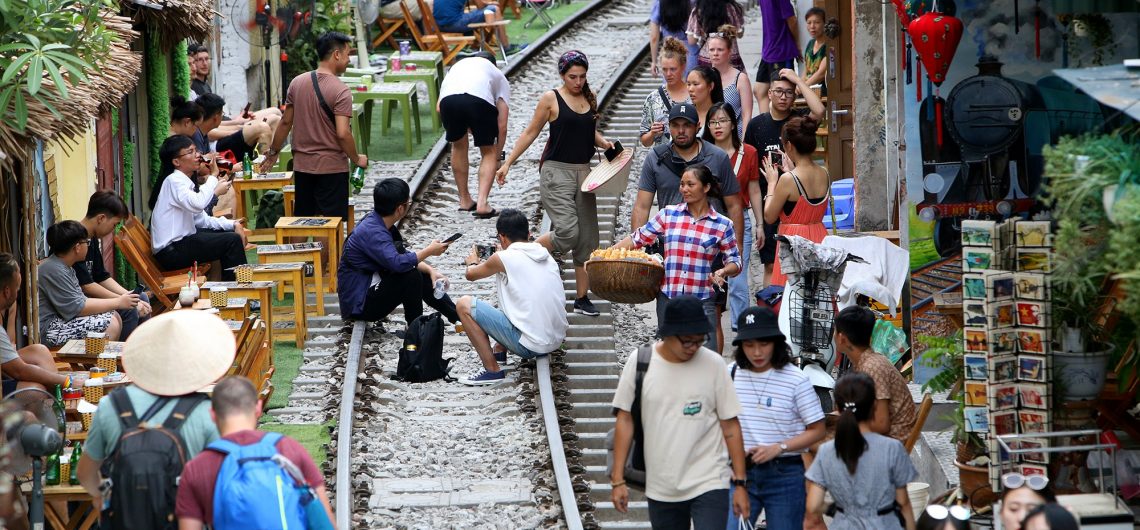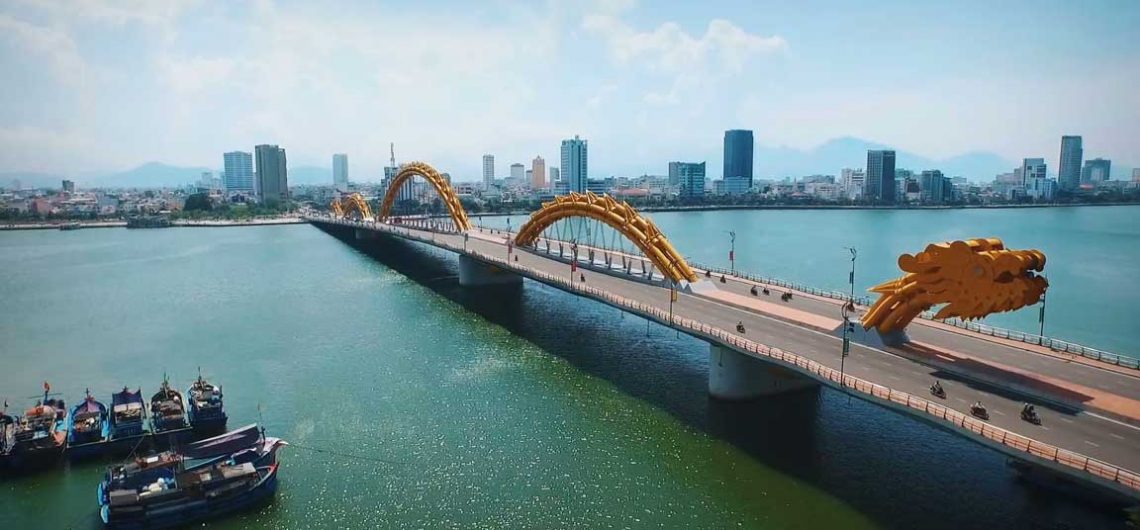You plan to visit Hoi An and you would like to know when is the best time to visit Hoi An. Here are all the answers for your questions.
Hoi An is a beautiful and historic city in Vietnam, renowned for its well-preserved Ancient Town. Here are some key aspects of Hoi An that make it a popular tourist destination:
Ancient Town: The heart of Hoi An is its Ancient Town, a UNESCO World Heritage Site. The area is characterized by well-preserved architecture from the 15th to the 19th century, showcasing a blend of different cultural influences, including Chinese, Japanese, and European.
Cultural Heritage: Hoi An reflects a rich cultural heritage, evident in its architecture, traditional wooden houses, assembly halls, and pagodas. The town has a unique charm, especially when lanterns light up the streets in the evening.
Lantern Festival: The city is famous for its monthly Full Moon Lantern Festival. During this event, the Ancient Town becomes adorned with colorful lanterns, and locals and tourists alike release lanterns onto the Thu Bon River for good luck.
Tailoring and Handicrafts: Hoi An is well-known for its tailor shops, where you can have custom-made clothing created. The town is also a great place to purchase handmade crafts, including silk lanterns, ceramics, and traditional Vietnamese artwork.
Cuisine: The local food is a major draw for visitors. Hoi An is famous for its delicious and diverse Vietnamese cuisine. Don’t miss trying local specialties like Cao Lau, a noodle dish, and White Rose Dumplings.
Beaches: Hoi An is situated near the coast, and there are beautiful beaches nearby, such as An Bang Beach and Cua Dai Beach. These beaches offer a relaxing escape and are easily accessible from the city.
Bicycle-Friendly: The town is relatively small and is best explored on foot or by bicycle. Many streets are pedestrianized in the evenings, making it a pleasant experience to wander around and explore the local shops and eateries.
Cultural Experiences: Visitors can participate in various cultural experiences, such as cooking classes, traditional music and dance performances, and boat tours along the Thu Bon River.
Hoi An’s unique blend of history, culture, and natural beauty makes it a favorite among tourists exploring Vietnam.
Best time to visit Hoi An city in Vietnam
However, the best time to visit Hoi An depends on your preferences for weather and activities. Here are some considerations for different seasons:
Dry Season (February to August):
- March to May: This is considered the best time to visit as the weather is warm and dry. The temperatures are comfortable, and you can enjoy the lantern-lit streets without the intense heat.
- June to August: While these months are warmer, they are still suitable for travel. Just be prepared for higher temperatures and a bit more humidity.
Rainy Season (September to January):
- September to November: This period can be a good time to visit as the landscape is lush and green after the rains. However, there might be occasional showers, so it’s advisable to bring an umbrella.
- December to January: These months can be cooler, and there’s a higher chance of rain. However, it’s generally not as crowded with tourists during this time.
Special Events:
- The Lunar New Year (Tet) is a significant event in Vietnam, usually occurring in late January or early February. While it’s a festive time, keep in mind that many businesses may close during this holiday.
- In summary, the best time to visit Hoi An for pleasant weather is during the dry season from March to August.
- However, if you prefer greener landscapes and don’t mind the occasional rain, the period from September to November can also be enjoyable. Consider your preferred weather conditions and any special events when planning your trip.
Storm season in Central Vietnam (Hoi An & Danang)
The official storm season in the South China Sea, including the central coast of Vietnam where Da Nang is located, typically runs from June to November, with the peak activity occurring from August to October.
During this period, there is an increased likelihood of tropical storms and typhoons affecting the region. Typhoons can bring heavy rainfall, strong winds, and storm surges, potentially leading to flooding and other weather-related issues.
If you plan to visit Da Nang or Hoi An during the storm season, it’s important to monitor weather forecasts regularly and be prepared for possible disruptions to travel plans. Airlines, transportation services, and local authorities may adjust schedules or take precautions to ensure safety.
It’s advisable to check with local authorities, your accommodation, and transportation providers for the latest updates on weather conditions and any travel advisories. Additionally, consider purchasing travel insurance that covers unexpected disruptions due to weather-related events.
Keep in mind that while the storm season does bring an increased risk of typhoons, not every day during this period will experience adverse weather conditions. However, being informed and prepared is key to ensuring a safe and enjoyable visit during this time.







